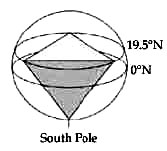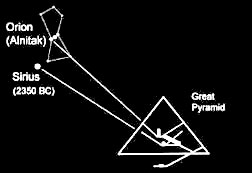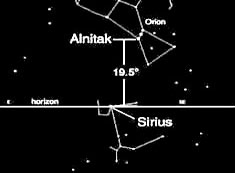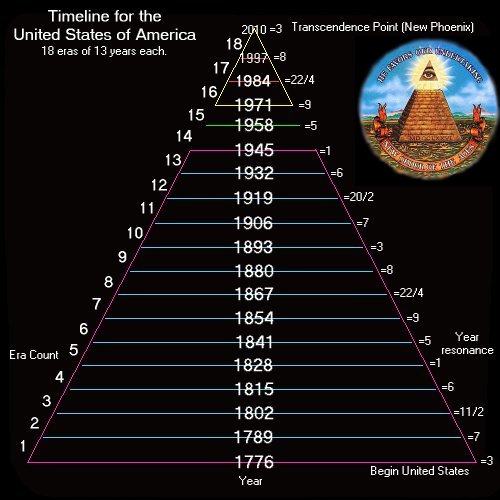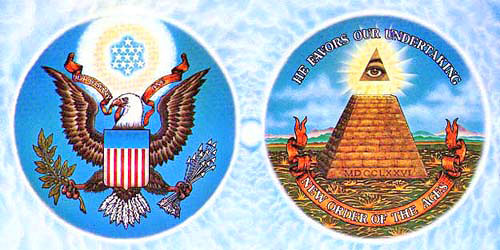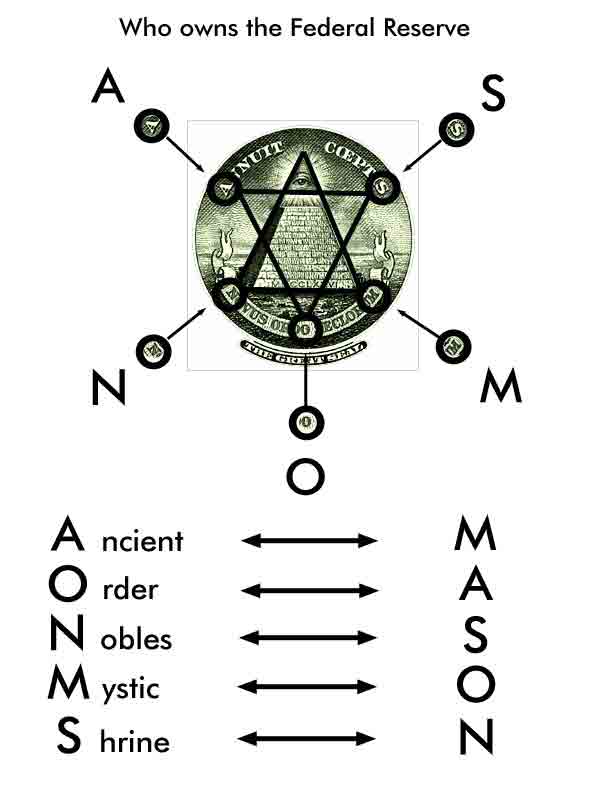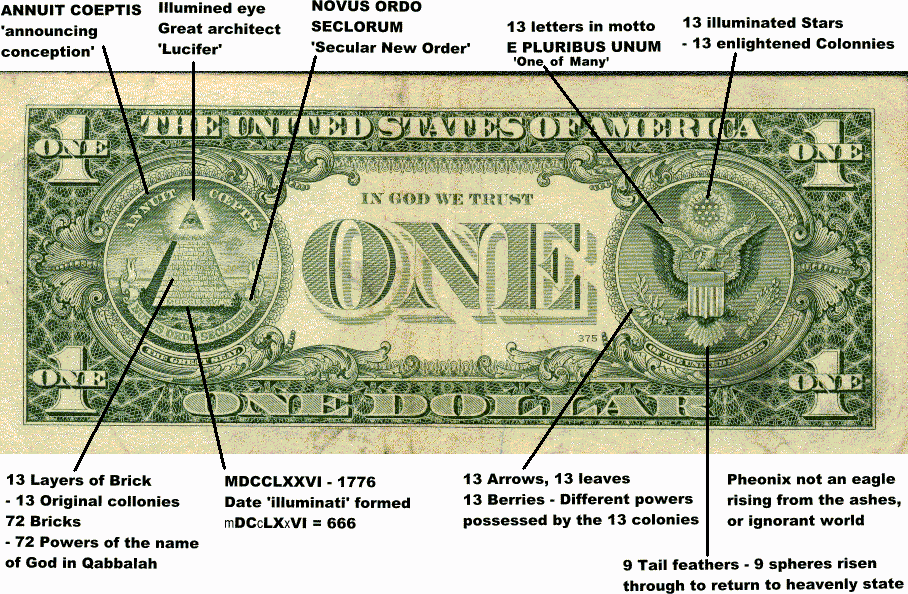The best temples serve as bridges between human scale and the macrocosm. When Beverly Spicer sent me the following image, something clicked and I understood the human body, the Sphinx and the Pyramids in a new way. I’m not sure which book this black-and-white geometric analysis of Pharaoh Rameses II was scanned from—it appears to be mirrored all over the Internet.

The nemes headcloth has distinctive, straight-edged folds, which imply an intersection point above the head. Nested equilateral triangles locate the pharaoh’s third eye appropriately as an all-seeing-eye in the center of the triangle (like the eye of providence on the dollar bill).
That reminds me of an image I made recently. Here is what I wrote about it on Facebook:
“Beauty is experienced in the world, love in the body, and truth in the mind. The eye of horus in the center symbolizes the view of any observer. The transcendentals are ontologically one and thus they are convertible: e.g., where there is truth, there is beauty and love also. The transcendentals are irreducible qualities of awareness. The circle represents the seeming boundary between your interior sensations, thoughts, and perceptions and your exterior body, mind, and world.”

I now see this ontological trinity as the fountainhead of relationships such as Isis/Horus/Osiris, Mary/Jesus/Holy-Spirit, and even Neutron/Proton/Electron.
Following a hunch I wanted to see if the Sphinx’s nemes followed the same pattern. I discovered that the pattern is similar but is also subtly different. The Sphinx’s nemes doesn’t imply nested triangles but the uraeus symbolizing the pharaoh’s pineal gland is located in the center of the vesica piscis as indicated by the crossed red lines. Incidentally, I described how to draw this image step-by-step in the latest installment of my Photoshop User Magazine column, Beyond Photoshop.

Zooming out, the G2 pyramid also appears to fit the pattern.

It clicked for me when I realized that the geometric template for the Sphinx is the same as the geometric template for the Great Pyramid that I published in my book Quantification. The edge of the inscribed equilateral triangle measures 555.5 feet in the Great Pyramid.

In this way the House of the Temple (it was never a tomb) is a macrocosm of the Body carved on the Sphinx. Zooming out once again, the Engraved Hourglass Nebula is a macrocosm of that House. “As above, so below” is scale-invariant.

The above image wonderfully illustrates Mircea Eliade’s homology, Body—House—Cosmos, from his book “The Sacred and the Profane” (1959).
A big synchronicity for me is that I learned about this three-level holographic homology not from reading Eliade but from reading Beverly Spicer’s excellent book and PhD thesis from the School of Architecture at the University of Texas called, “The Ka’bah: Rhythms of Culture, Faith and Physiology,” which she was kind enough to send me. Remember Beverly was the person who sent me the black-and-white Rameses II image? That whole sequence of events was quite illuminating!
Speaking of illumination, did you know that the human eye is most sensitive to a wavelength of 555 nanometers, which forms the center point of our visual perception? At other frequencies, more radiant intensity is required to achieve the same luminous intensity.
See how the colors are strongest in the middle of the color ramp and fade away as they approach the infrared and ultraviolet ends of the spectrum? 555 nm marks the midpoint.

555 Nanometers
The peak luminous intensity of sunlight also has a wavelength of 555 nanometers. This should be no surprise because our eyes evolved, or perhaps were designed to view the light of our particular Sun. The beauty of repeating 5’s harmonizing our visual perception, 5 symbolizing life, is not lost on me.
After reading a stimulating article Joe Dubs linked on Facebook entitled, “The Pythagorean Relationship Between Pi, e, and Phi” by Peter Felicetti, I realized I already knew the content, but I hadn’t considered the following geometry algebraically before. One can arrange Phi, Pi and e as an almost perfect Pythagorean triangle, but there is a tiny gap that I labeled “The Mystery” at the end of my article on Graham Hancock’s site.

This mystery is drawn to scale
When I saw it algebraically, a few more puzzle pieces fit together and it is no longer a mystery to me but a harmonious work of rational design from a very high level.
Tech note: I realize that some of my detailed graphics might be hard to see. I recommend pressing Command+ on the Mac or Ctrl+ on Windows several times to enlarge the content displayed in your browser. Use Command/Ctrl- to make it smaller later on.

The Quadrivium
The same gap that we hear between twelve just perfect fifths and seven octaves (known as the Cycle of Fifths or the Pythagorean comma), the relationship of transcendental constants arranged in a Pythagorean triangle, and the orbital mechanics of our planet are all related because we are living in a mathematical construct. This was known long ago.
“All is number.” -Pythagoras
The above image expresses the quadrivium: number, geometry, music, and astronomy. In other words, number in itself, number in space, number in time, and number in spacetime.
I knew the Solar Year also factors in the Earth’s equatorial circumference—the following equation was published by John Michell and Robin Heath in The Lost Science of Measuring the Earth. I made this illustration commemorating this important relationship, one that essentially defines the foot.

Speaking of Michell and Heath, they were the authors who deciphered the 5:12:13 triangle and its connection with the lunar cycle. When I was researching extending the Pythagorean theorem into three dimensions, I came across a diagram connecting the 5:12:13 and 3:4:5 triangles. That, and studying Gary Osborn’s work, inspired me to put together this image showing how dynamics related to the Earth, Moon and Sun emerge from something as fundamental to geometry as the first two Pythagorean triples.

Number in space and spacetime
Earth’s orbital circumference has certain clear resonances with our measurement systems.

Bringing together what I wrote about in Cubits, in my book Taking Measure: Explorations in Number, Architecture and Consciousness, and from my recent experience participating in Graham Hancock’s forums when I was author of the month, these pieces now fit together with greater clarity.

Circumferences
Michael Kuser wrote something on my wall that inspired the following image. The first part shows the combined diagonals of the cubes bounding Earth and Moon compared to their average distance from the Sun are proportioned as the foot is to the mile (99.3%).
Lawrence Edlund discovered that the average distance of the Earth to the Sun compared to the distance light travels in one revolution of the Earth around the Sun are proportioned as the inch is to the mile (99.9%).
I put two and two together and graphically show how our units of measure resonate with our local macrocosm.

In “Rotations” you see more proof that our system is a product of base-10 design. The Moon’s orbital period with respect to the fixed stars is 27.3 Earth days. Earth actually rotates 366.3 times per year because the orbital motion of the Earth around the Sun causes roughly one additional rotation of the planet on its own axis.

Rotations
Tonight I realized that the product of these rotations, 27.3 x 366.3 = 9999.99. What are the chances? I can’t begin to calculate the astronomical odds against such a numeric symmetry if our planet and its natural satellite were formed by random processes. Note that this product is independent of units and calculated solely on number of rotations.
Peter Plichta’s book God’s Secret Formula: Deciphering the Riddle of the Universe and the Prime Number Code taught me that 1/27.3 = 0.03663 and 1/366.3 = 0.00273, which you can easily verify with a calculator.
The ratio of the polar diameter of the Earth to the polar diameter of the Moon is 3.663 and vice-versa, the reciprocal ratio is 0.273 with more than 99.9% accuracy. This means the Earth and Moon system’s rotations and sizes are related in a reciprocal mathematical relationship.
Of course this is another example of what I have called “The Mystery of 273,” in this page out of Quantification.

The Mystery of 273 (update)
Is what we call “conscious thought” incredibly rare in the grand scheme of things, relegated as it is to 2-3mm of neocortex on the surface of our brains?
We and all other organisms on this planet live in a thin biospherical shell 2-3 miles thick. The Earth orbits the Sun in the sweet spot where oceans are kept liquid and the planet retains a transparent atmosphere so perfect for astronomy. A planetary magnetic field and ozone layer shields us from the charged particles continually pouring out of the Sun, along with many variables conductive to life being fortuitously fine-tuned.
Our system orbits the center of the Milky Way galaxy in another sweet spot, a circular band where products of stellar fusion such as elements heavier than helium are plentiful enough, but star formation isn’t still so active that we are bombarded out of existence. In this light, consciousness appears to be a gossamer membrane, a rare and exquisite miracle in all the cold vastness of space. This membrane/shell structure is another Body—House—Cosmos homology if you think about it.

The following comparison highlights another possibility. The neuronal structures within our brains, roads (which evolved organically around Paris rather than through city planning as in much of North America), and the large-scale structure of the universe (simulated on the Max Planck supercomputer) all exhibit the same specific branching, filamentous pattern. Come to think of it, so too do mushroom mycelial mats, and maps of the entire Internet. What these disparate phenomena have in common is that they are all information processing networks.

Information
If we view Paris from the level of cars, then roads don’t seem to be self-aware. If we view the large-scale structure of the universe from the vantage point of supercomputer simulations computed on Earth, it doesn’t seem self-aware. If we were able to view a neural structure from the point of view of electrons it probably wouldn’t seem self aware to them either, just a kind of electrical network.
However, when we view our own neural structure from the level of an individual consciousness then awareness is self-evident. It’s really a question of which way you are looking. If the universe looked inward, then it presumably would be self-evident that it is self-aware, including all its in-formation including suns, planets, cities, roads, people, neurons, electrons, etc.
The amazing thing is we experience this same self-awareness at our level. We are a microcosm of larger wholes and have microcosms within. Perhaps cells are also self-aware, coordinating the activities at their tiny scale. The organism of which they are a part wouldn’t seem to be self-aware to them at all. Talk about all that would seem like mere philosophy.

This is yet another example of the Body—House—Cosmos homology. The human built environment, our “House,” is a macrocosm of our Body, and the Cosmos is a macrocosm of our House. It is the same form, harmonizing and coordinating information processing structures at vastly different scales.
The universe itself looks like it might literally be “the mind of God,” a self-aware matrix in the process of creating complex in-formation. Awareness is not rare, but the ground of being. There has only ever been, is, or will be awareness being aware of itself. Our limited form of consciousness might be rare and in a way, precious. We occupy the privileged position of being right in the middle of it all.

However, our awareness doesn’t require human minds anymore than the Sun requires a candle for light.

Everything is sacred, everything is precious.






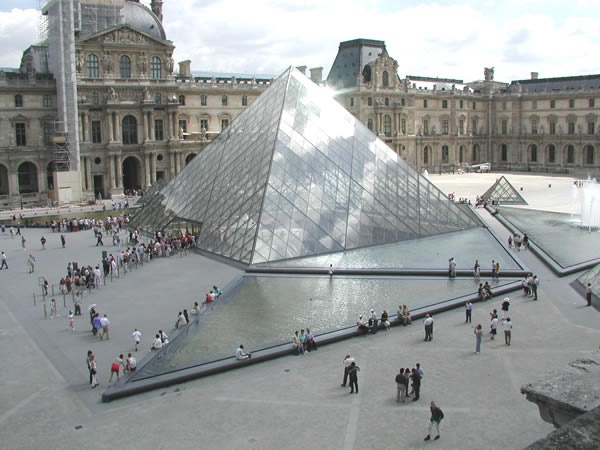

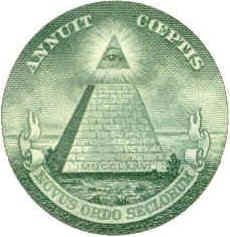
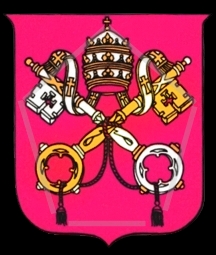

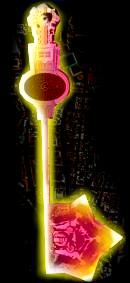
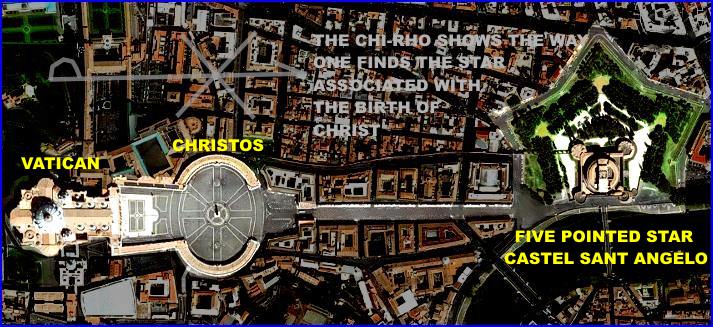

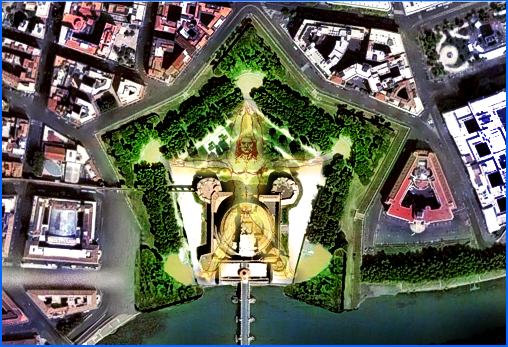




.jpg)

















































































